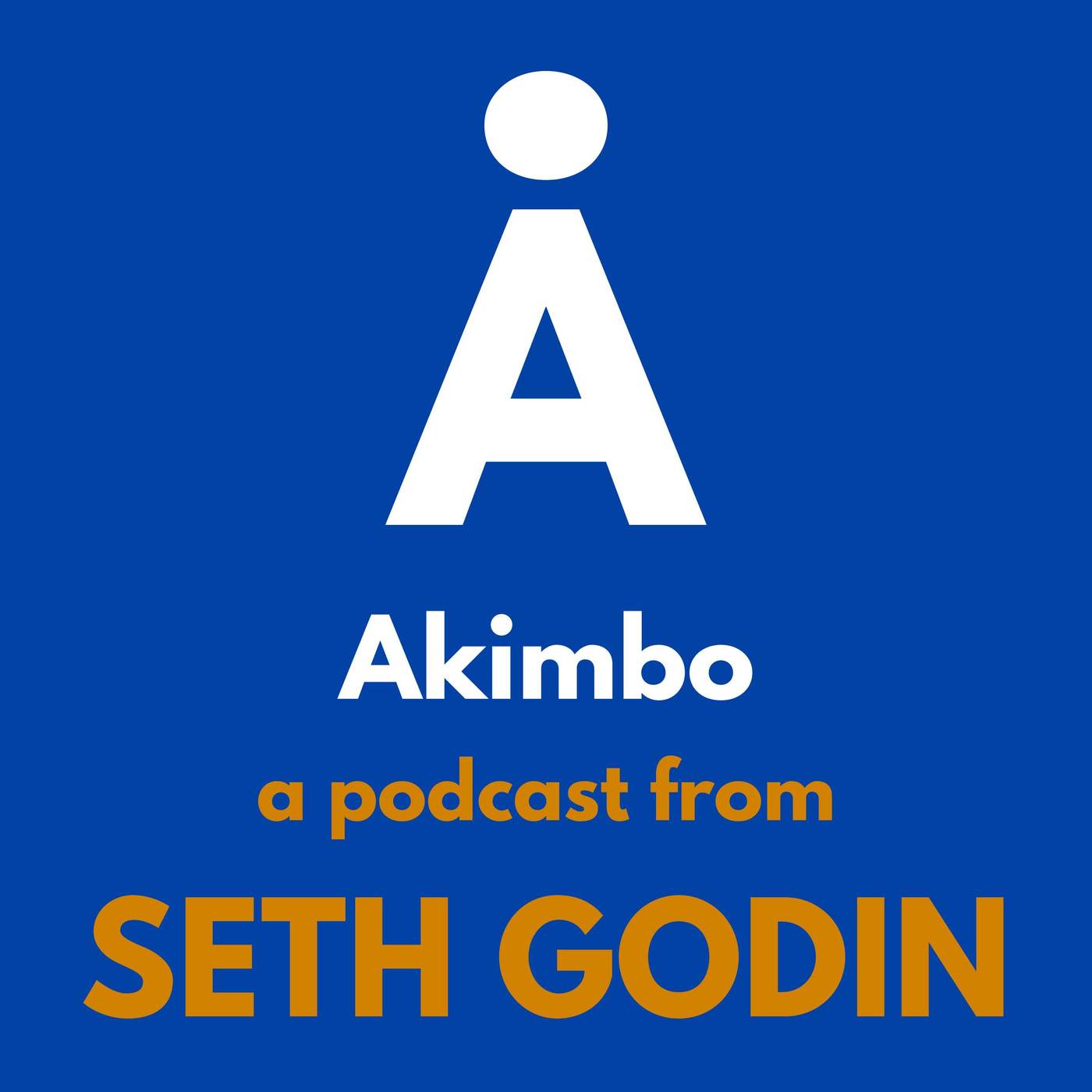Seth speculates that frequent buying cycle force companies to updates products such that consumers maintain brand-loyalty.
For example, while the operating system of the car has not changed in 100 years, every couple of years many of us choose to start over and buy a new car anyway. At this point, a consumer can switch brands, forcing the car companies to create something we think is better.
Meanwhile, operating systems have maintained largely the same UI and UX from the start because we simply do not have many choices.
Software products don't cost nearly as much as many traditional products, and as a result companies need a lot of users to buy in, in order to make a profit.
Once users start to share their software with one another, it creates a lock-in, where all future users have less and less need to seek an alternative product, as all of theirs friends and colleges are already using the established brand.
This mean that by focusing on how well a product can be shared, instead of how well it could be architected, increases adoption, and therefore leads to defensibility and profits for their creators.
The architecture of software is significantly more complex vs. a physical product because the designer does not know exactly what a user might want to do, given there are so many options.
However, instead of spending time on the craftsmanship, designers and engineers are encouraged to make decisions in favor of speed and ability to share a product, leading to poor software.
"We began with software being our tool, a tool to help us do our work. But over time, we have become software's tool. We exist to enable software to reach its goals, and its goals are to turn us into paying subscribers who keep making more stuff that enables the network to thrive." - Seth Godin.
